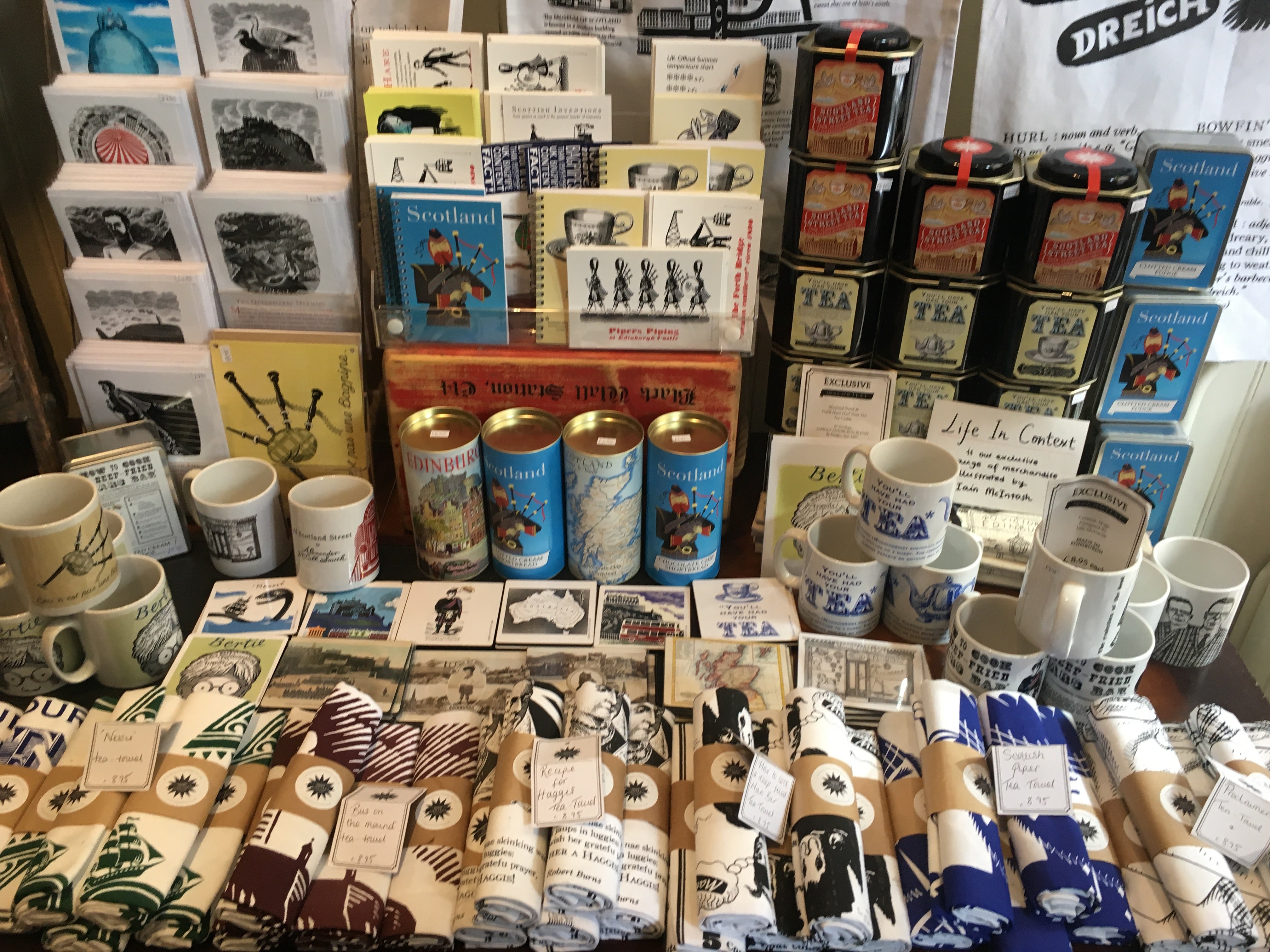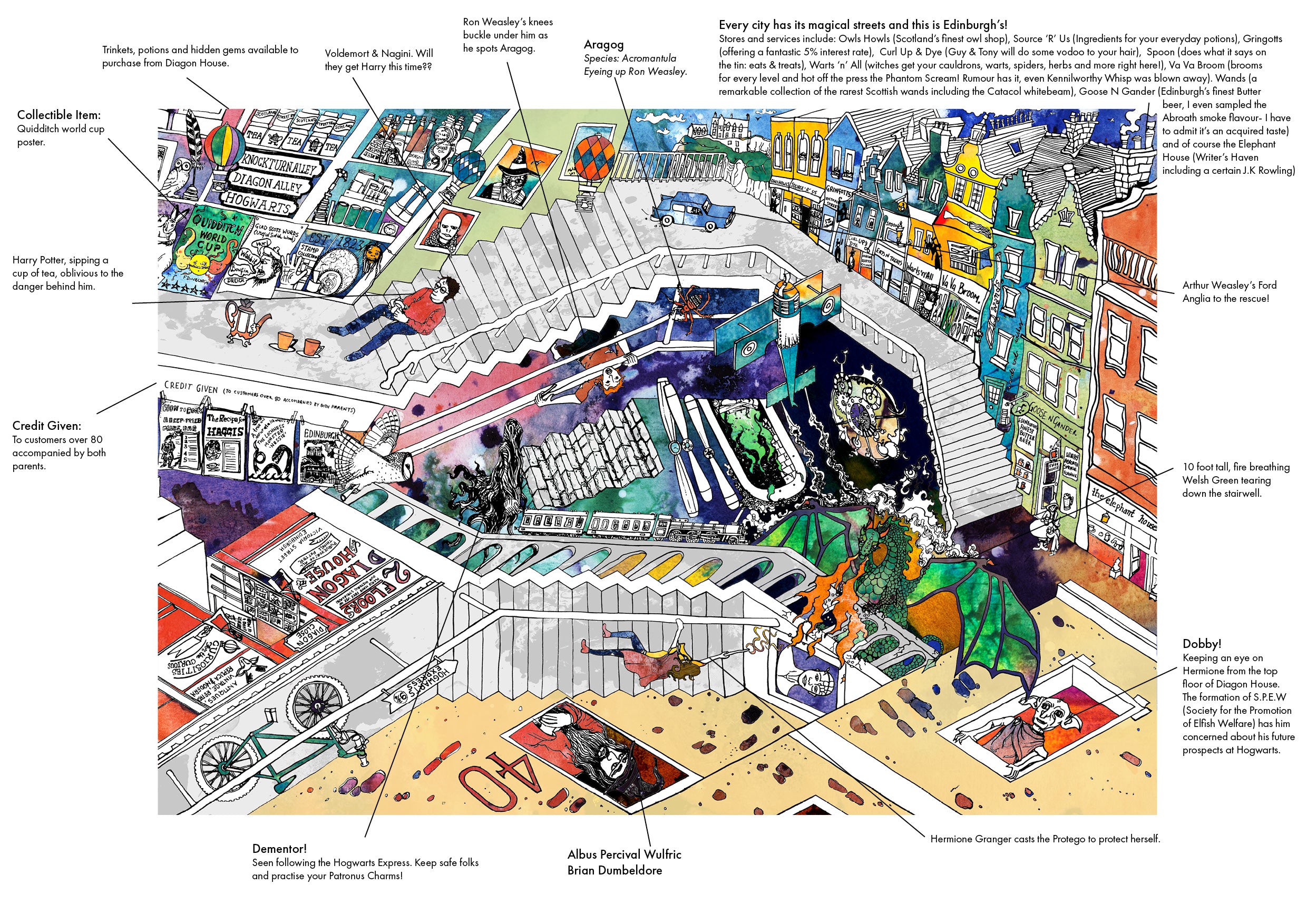Handmade with Love
With our Skyline Gin Glasses proving ever more popular we thought we'd give you a little 'behind-the-scenes' of the process each of our glassware pieces goes through before reaching your home.
Handmade Glassware
All of our glassware is handmade with each individual piece being mouthblown and hand finished using techniques unchanged for over 2,000 years!
We use lead free crystal which is harder than leaded glass and so perfect for etching with the fine details you'll find in our Skyline range. Lead free crystal is made up of sand, soda ash, limestone, and barium oxide in place of lead. It's the barium oxide which gives the glass it's stunning sparkle and clarity.
Each glass is permanently etched with iconic buildings using a sandblasting process which carves deeply into the glass surface and ensures the glasses remain dishwasher safe and ready for a lifetime of G&T's!
Want to get your hands on one of our Skyline glasses? See the full range here or check out our Valentine's competition below to be in with the chance of winning a Gin Glass of your own.
Valentine's Competition
To celebrate Valentine's Day, we've teamed up with Liverpool Gin to giveaway one of our Liverpool Skyline Gin Glasses and a bottle of Liverpool Gin!
All you have to do to enter is head over to our Facebook or Instagram and tell us who your Valentine is, or who you'd love it to be.
Good luck!






 If there's one day of the year you don't want to forget, it's probably Mothering Sunday. And this year it falls earlier than usual. Famed as THE day to celebrate and thank the women that brought us into the world as well as other maternal
If there's one day of the year you don't want to forget, it's probably Mothering Sunday. And this year it falls earlier than usual. Famed as THE day to celebrate and thank the women that brought us into the world as well as other maternal 
 Ingredients:
1/2 c. rose petals // 1/2 c. sugar // 1/2 c. water // 1 egg white // 1/2 c. fresh raspberries // 1oz . Gin
Rose Syrup:
Dissolve sugar in water, medium heat.
Add raspberries and rose petals, simmer.
Cool and strain-off syrup.
Cocktail:
Mix Rose Syrup with gin in a shaker.
Add egg white, shake until slightly foamy.
Pour into a Gin Glass and garnish with raspberry or serve simply with ice.
Ingredients:
1/2 c. rose petals // 1/2 c. sugar // 1/2 c. water // 1 egg white // 1/2 c. fresh raspberries // 1oz . Gin
Rose Syrup:
Dissolve sugar in water, medium heat.
Add raspberries and rose petals, simmer.
Cool and strain-off syrup.
Cocktail:
Mix Rose Syrup with gin in a shaker.
Add egg white, shake until slightly foamy.
Pour into a Gin Glass and garnish with raspberry or serve simply with ice.


 I was aware that J K Rowling had written much of Harry Potter in Edinburgh and I could see so much inspiration from this city in the books and films. My little tour of Edinburgh included potential venues / areas that could have been the basis for various parts of the books. After much research I know that a number of places have been connected to form the final images but Edinburgh and particularly Victoria street seemed to fit my vision of Diagon Alley perfectly. If you've been to Edinburgh you'll appreciate the staircases and multiple levels the streets are on. Edinburgh was always going to be the city I attempted to style into an Escher based piece and Harry Potter with it's hidden magical dimension fit the bill perfectly. I've based this drawing on MC Escher's lithograph print Relativity. This was a challenge from the very beginning as Escher is a technical master of perspective and I was moving from a series of one point perspective drawings to an isometric style piece. For my first attempt at such a complex perspective drawing I hope I've done it some justice. (If you're not familiar with MC Escher's work please do look it up). I began this drawing with a Penrose triangle and worked in the staircases at the different angles that I wanted them. This is a lot more complex than it looks! As all my initial drawings are in black and white it does really play havoc with the way you see things - one moment the angle looks correct - the next you take a step back and perspective's change again. Early stage sketch in pencil. On the right hand side you have the Diagon house building. THe first floor is cut off by a different perspective of the top half of the building, that leads into the top left hand side. If it all gets too confusing have a look at the final image annotated below.
I was aware that J K Rowling had written much of Harry Potter in Edinburgh and I could see so much inspiration from this city in the books and films. My little tour of Edinburgh included potential venues / areas that could have been the basis for various parts of the books. After much research I know that a number of places have been connected to form the final images but Edinburgh and particularly Victoria street seemed to fit my vision of Diagon Alley perfectly. If you've been to Edinburgh you'll appreciate the staircases and multiple levels the streets are on. Edinburgh was always going to be the city I attempted to style into an Escher based piece and Harry Potter with it's hidden magical dimension fit the bill perfectly. I've based this drawing on MC Escher's lithograph print Relativity. This was a challenge from the very beginning as Escher is a technical master of perspective and I was moving from a series of one point perspective drawings to an isometric style piece. For my first attempt at such a complex perspective drawing I hope I've done it some justice. (If you're not familiar with MC Escher's work please do look it up). I began this drawing with a Penrose triangle and worked in the staircases at the different angles that I wanted them. This is a lot more complex than it looks! As all my initial drawings are in black and white it does really play havoc with the way you see things - one moment the angle looks correct - the next you take a step back and perspective's change again. Early stage sketch in pencil. On the right hand side you have the Diagon house building. THe first floor is cut off by a different perspective of the top half of the building, that leads into the top left hand side. If it all gets too confusing have a look at the final image annotated below.  The final drawing with my annotations:
The final drawing with my annotations:  The entire drawing is based on the inside of Diagon house, the front view and Victoria street. Based on the image above (final drawing)- the top left hand side of the drawing is the inside of the shop and Victoria street on the right hand side. The drawing changes perspective at the top of the stairs and introduces another plane. The stair case in the middle has a more of a floaty feel to it giving the impression that it is part of the wall that joins on to the fire place but also disappears once its visitor has left. Technical stuff: Paper used: Bristol Board 280gsm Pen: Kuretake Bimoji fude felt tip brush pen. Overview: I don't think Bristol board suits the wear and tear impacts of my drawing style but I'll definitely be using it for sketches. The Kuretake comes well reviewed and was my first attempt at using a brush pen. I usually use solid nib pens and have a single thickness in line throughout the piece. As a brush pens its pretty easy to handle and get used to. I struggled a little with the architectural elements probably because I'm used to applying more pressure but it definitely helps with more fluid work.
The entire drawing is based on the inside of Diagon house, the front view and Victoria street. Based on the image above (final drawing)- the top left hand side of the drawing is the inside of the shop and Victoria street on the right hand side. The drawing changes perspective at the top of the stairs and introduces another plane. The stair case in the middle has a more of a floaty feel to it giving the impression that it is part of the wall that joins on to the fire place but also disappears once its visitor has left. Technical stuff: Paper used: Bristol Board 280gsm Pen: Kuretake Bimoji fude felt tip brush pen. Overview: I don't think Bristol board suits the wear and tear impacts of my drawing style but I'll definitely be using it for sketches. The Kuretake comes well reviewed and was my first attempt at using a brush pen. I usually use solid nib pens and have a single thickness in line throughout the piece. As a brush pens its pretty easy to handle and get used to. I struggled a little with the architectural elements probably because I'm used to applying more pressure but it definitely helps with more fluid work. 










